Published: December 2014 Successful Meetings By Susan Adams
Planning Focus: Gamification
Gamification has had the incentive industry all abuzz, but the concept may not be as new as you think. Points, rewards, tiers/plateaus, leaderboards, competitions and contests have always been mainstays of incentive programs. So what’s changed? Technology.
“From mobile apps to intranet sites, we can increasingly create engaging tools—as simple as leaderboards or as complex as training games—to capture the attention of participants and to connect with their personal drives to succeed and to master the task at hand,” says Susan Adams, director of engagement at Dittman Incentive Marketing in New Brunswick, N.J. “Really, it’s not gamification that’s new, it’s the delivery of it.”
Now, gamification elements can be used in both the actual incentive program and during the reward trip and event to deliver information and strengthen networking and attendee engagement.
“In addition to the traditional component of giving attendees points for participating, we are taking it a step further and incorporating a connections wall, a graphic representation of the business cards that have been exchanged, into the event,” says Abbe Coen, product design manager, technology and event solutions at BI Worldwide in Minneapolis. “This reinforces the importance of face-to-face meetings by showing all the connections made throughout the event in a visually engaging graphic.”
Another mobile app game component has also proved successful for BI Worldwide, one similar to Jeopardy or Who Wants to be a Millionaire. “This can be used for fun as well as to reinforce educational and business messages communicated during the event,” says Coen. “Attendees are motivated by the point and award aspect within the game and planners can see how well the message or education resonated based on accurate responses.”
Like any program communication, gamification elements must be suited to the audience and goals of a program. While smartphonesand apps seem ubiquitous, not everyone is comfortable navigatingthem and other technologies.
“With all of the tools we now have at hand to bring games online and to make them increasingly interactive, it is still just that: one of many available tools for communication and motivation,” says Adams.“At one time, many clients and planners felt that gamification was a ‘must have,’ but now most understand that it is part of a larger strategy, complemented by other forms of communication.”
Click here for the article in Successful Meetings




